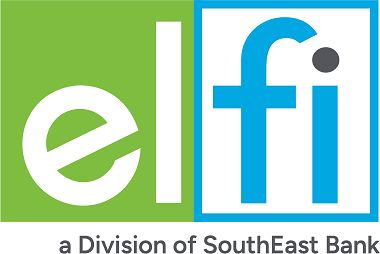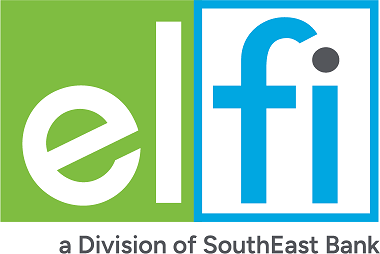On July 4, 2025 President Trump signed into law the Big Beautiful Bill. The bill had sweeping changes across many facets of the government, including federal financial aid. Among the changes was the elimination of any new Federal Direct PLUS Loans for graduate students, commonly referred to as the Grad PLUS loan, effective July 1, 2026.
What are Grad PLUS Loans
Grad PLUS loans are loans made available to eligible graduate or professional students enrolled at least half-time. Excellent credit is not a requirement to getting approved for the loan, but you cannot have an adverse credit history, such as a past bankruptcy or foreclosure in the last 5-years. There are no borrowing limits for this type of loan except, the amount borrowed cannot exceed the schools stated cost of attendance, less any other financial assistance received.
This loan type ensured that those seeking costly degrees such as medical doctors, orthodontists or lawyers, among others would always have access to the money needed to attend school. Furthermore, federal loans offer benefits upon graduation such as income driven repayment and loan forgiveness for eligible borrowers, benefits not available with a private student loan.
Options Now that Grad PLUS Loans are Gone
If you’re attending grad school this fall, these changes won’t impact you this year. You can still borrow Grad PLUS loans for your fall and spring term for the 2025-2026 academic year . The interest rate for Grad PLUS loans is 8.94%. Next year, if you already borrowed Grad PLUS loans for your program, you will be grandfathered in. You will have up to three years, or until you complete your program to borrow Grad PLUS loans.
Federal Direct Loans
While Federal Direct PLUS loans are being eliminated, Federal Direct loans will remain and are available to graduate and professional students as well as undergraduates. The key difference between the two are the loan limits. While a PLUS loan allowed students to borrow up to the cost of attendance, Direct loans have a current annual loan limit of $20,500 with a total aggregate loan limit of $138,500 for both graduate and professional students.
Beginning July 1, 2026 when the PLUS loan is officially eliminated, the new loan limit for professional students (such as those studying law and medicine) will be $50,000 annually, with a lifetime cap of $200,000. Other graduate students (non-professional) will not see any change in the annual loan limit of $20,500 but will now have a lifetime cap of $100,000.
According to the Education Data Initiative the average graduate student borrows around $100,000 to pay for the schooling. Given this information, most students who need to borrow money, should be able to cover their costs with a Federal Direct loan.
Private Graduate Student Loans
Not the first choice for many students due to their lack of federal borrower benefits, private graduate student loans are still a viable option to help cover the costs of school when all other resources have been exhausted.
For students with excellent credit, a private student loan might even be cheaper. As of the writing of this article, current fixed rates for graduate student loans can be as low as less than half of the fixed rate offered by the federal government and could potentially equate to thousands of dollars of savings for borrowers who qualify for this rate.
Private lenders, depending on the lender, may also provide extended grace periods or deferments for graduates and professional students. Some will even defer loans for doctors while they are completing their residencies. Of course, borrowers must participate in an application process for deferments during residencies, which can be subject to denial and are not guaranteed. Furthermore, the application process needs to be repeated each year of the residency and most likely will have a maximum year limit.
PLUS loans, Direct Unsubsidized loans and private graduate student loans all start accruing interest upon disbursement and continue to accrue interest during grace period, deferment and forbearance. It’s advised that students understand this and if possible, attempt to make interest payments while in school so that the interest isn’t added to the principal upon repayment, increasing the monthly payments.
Scholarships
Scholarships aren’t just for high school seniors looking to go to college in the fall, they are for all students, undergraduate, graduate and professional and can be won at any time before and during your education. Since scholarships are gift-aid, meaning they don’t require repayment, they should be sought after throughout your educational years.
Dedicate time each week, even its just 30 minutes, to apply for scholarships. While competitive to win, perseverance and dedication could pay off over time. Use search engines to find scholarships, like the Scholarship Finder on Edvisors. Search for scholarships within your career, community or state. Take an inventory of aspects of your education, life or experiences that might separate you from others and seek out scholarships using those keywords. There are even dozens of no-essay scholarships, open to most students, that only take a few minutes to apply for.
However, you go about it, make scholarships a priority. Your efforts could equate to thousands, if not tens of thousands of dollars towards your education. That’s money you don’t have to borrow and more importantly don’t have to pay back later when you are trying to establish yourself in your career.
Yes, Grad PLUS loans are going away but that not’s the end of advanced education. There are other viable options to help pay for school. With some planning and budgeting, graduate school and professional studies are still attainable.
















